In the realm of exotic pet ownership, few choices raise as many eyebrows—and concerns—as keeping caimans. These reptilian relatives of alligators have found their way into private homes across the world, despite their predatory nature and complex care requirements. The allure of owning such a prehistoric-looking creature drives some enthusiasts to seek them out, often without fully understanding the immense responsibility they’re undertaking. This article explores why some people are drawn to keeping caimans as pets, and more importantly, the compelling reasons why this practice should be discouraged for the welfare of both the animals and their owners.
The Exotic Appeal: Why Caimans Attract Pet Owners

The desire to own something rare and unusual drives many caiman owners, who see these reptiles as living status symbols that few others possess. For some enthusiasts, there’s an undeniable thrill in caring for a creature that traces its lineage back to prehistoric times, creating a connection to the ancient natural world that’s impossible with conventional pets. Many caiman owners report being captivated by the animals’ primitive appearance, powerful presence, and predatory behaviors that showcase nature in its raw form. Additionally, the relatively low initial purchase price of baby caimans—often available for a few hundred dollars—makes them seem accessible, though this affordability masks the substantial long-term costs of proper care.
Species Commonly Kept as Pets

The spectacled caiman (Caiman crocodilus) ranks as the most frequently kept species in captivity due to its smaller size compared to other crocodilians, typically reaching 6-8 feet when fully grown. Dwarf caimans (Paleosuchus palpebrosus) have gained popularity among those with space limitations, as they’re the smallest crocodilian species, though they still require substantial enclosures and specialized care. Occasionally, more ambitious keepers attempt to maintain Yacare caimans (Caiman yacare) or broad-snouted caimans (Caiman latirostris), though these animals’ larger size makes them particularly challenging and dangerous in captivity. Some unscrupulous dealers have even sold young black caimans (Melanosuchus niger) to uninformed buyers, despite these animals potentially growing to exceed 14 feet and possessing one of the strongest bite forces among all crocodilians.
Legal Considerations and Restrictions

Caiman ownership exists in a complex legal landscape that varies dramatically by location, with some jurisdictions completely prohibiting private ownership while others require extensive permitting processes. In the United States, regulations differ at state, county, and even municipal levels, creating a patchwork of laws that potential owners must navigate carefully or risk facing substantial fines and confiscation of their animals. Many regions that once permitted caiman ownership have enacted stricter legislation following incidents involving escaped specimens or owner injuries, reflecting growing awareness of the risks these animals pose. Professional permits often require proof of specialized knowledge, proper facilities, insurance coverage, and sometimes even professional experience with reptiles, making legal ownership increasingly difficult for average enthusiasts.
The Reality of Housing Requirements

Appropriate caiman enclosures require far more space than most private homes can realistically provide, with even smaller species needing custom-built facilities spanning hundreds of square feet once fully grown. Water features must be substantial enough for swimming and submerging—typically occupying at least half the enclosure’s footprint—and deep enough to allow natural behaviors while being designed to prevent contamination and facilitate regular cleaning. Temperature and humidity control systems demand professional installation, with multiple heating zones, UVB lighting, high-powered filtration systems, and backup generators to prevent deadly environmental fluctuations during power outages. The construction and maintenance costs for proper caiman housing often exceeds tens of thousands of dollars, a financial reality many prospective owners fail to consider when purchasing a small juvenile specimen.
Diet and Nutritional Challenges

Feeding a captive caiman properly requires significant knowledge of reptile nutrition and access to diverse food sources, as these carnivores need varied diets to receive appropriate nutrients. Adult caimans consume substantial amounts of food—often several pounds weekly—including whole prey items such as rodents, fish, birds, and occasionally larger food sources, creating both storage challenges and significant ongoing expenses. Nutritional deficiencies frequently develop in captive specimens due to monotonous diets or improper supplementation, leading to skeletal deformities, compromised immune systems, and shortened lifespans even in otherwise acceptable conditions. The feeding process itself presents considerable danger to keepers, as caimans possess powerful feeding responses and poor ability to distinguish between food items and the hands that deliver them, making each feeding session a potentially hazardous interaction.
The Growth Problem: From Cute Baby to Dangerous Adult

Perhaps the most significant misconception among new caiman owners concerns the animals’ growth trajectory, with many failing to appreciate how quickly the cute, manageable juvenile transforms into a powerful adult predator. While hatchling caimans typically measure just 8-12 inches and appear relatively harmless, they grow rapidly during their first few years, often gaining more than a foot annually under proper care conditions. This swift development means that within 3-5 years, owners find themselves responsible for an animal that bears little resemblance to the small reptile they initially purchased, both in size and temperament. The reality of this transformation leads many overwhelmed keepers to seek rehoming options, only to discover that placement opportunities for adult crocodilians are extremely limited, with most zoos and sanctuaries already at capacity from previous surrenders.
Temperament and Handling Realities

Despite claims from some sellers about “tameness,” caimans remain wild predators driven by instinct rather than affection, making them fundamentally unsuitable for the handling interactions many pet owners desire. Even specimens raised from hatchlings show little capacity for genuine domestication, with their behavior being governed primarily by environmental factors and biological imperatives rather than social bonding. Stress responses in caimans include powerful tail strikes, lunging, and biting—behaviors that can cause serious injuries even from smaller specimens, while adults possess enough strength to inflict potentially fatal wounds. The false belief that regular handling leads to docility has resulted in numerous documented attacks, as these animals remain unpredictable even after years in captivity and may respond aggressively to routine interactions they previously tolerated.
Lifespan Considerations and Long-Term Commitment

Caimans represent an extraordinarily long-term commitment, with most species capable of living 30-60 years in captivity when properly maintained, potentially outliving their keepers or requiring provisions in estate planning. This multi-decade responsibility extends far beyond the timeframe most pet owners consider, encompassing countless life changes including relocations, financial circumstances, and family situations that may complicate continued care. The difficulty of finding new homes for adult specimens means that acquiring a caiman essentially commits the owner to providing specialized care for potentially half a century, a reality that few impulse purchasers fully contemplate. The financial investment over this lifespan easily exceeds $100,000 when accounting for proper housing, food, veterinary care, and operational costs—a calculation that should give pause to anyone considering such an acquisition.
Veterinary Care Challenges

Finding qualified veterinary care for caimans presents a significant challenge, as most small animal practitioners lack the specialized knowledge, equipment, and facilities necessary to treat crocodilians safely and effectively. Even in major metropolitan areas, veterinarians with crocodilian experience are exceedingly rare, often requiring owners to travel great distances for proper medical attention or rely on remote consultations during emergencies. Diagnostic procedures like blood work, radiographs, or physical examinations require specialized restraint techniques and sometimes sedation, making even routine health assessments complex, dangerous, and expensive undertakings. Many health issues in captive caimans develop from improper husbandry and go unnoticed until severely advanced, at which point treatment options become limited and prognoses poor, contributing to unnecessary suffering that could be avoided in more suitable environments.
The Ecological Impact of Escaped Specimens
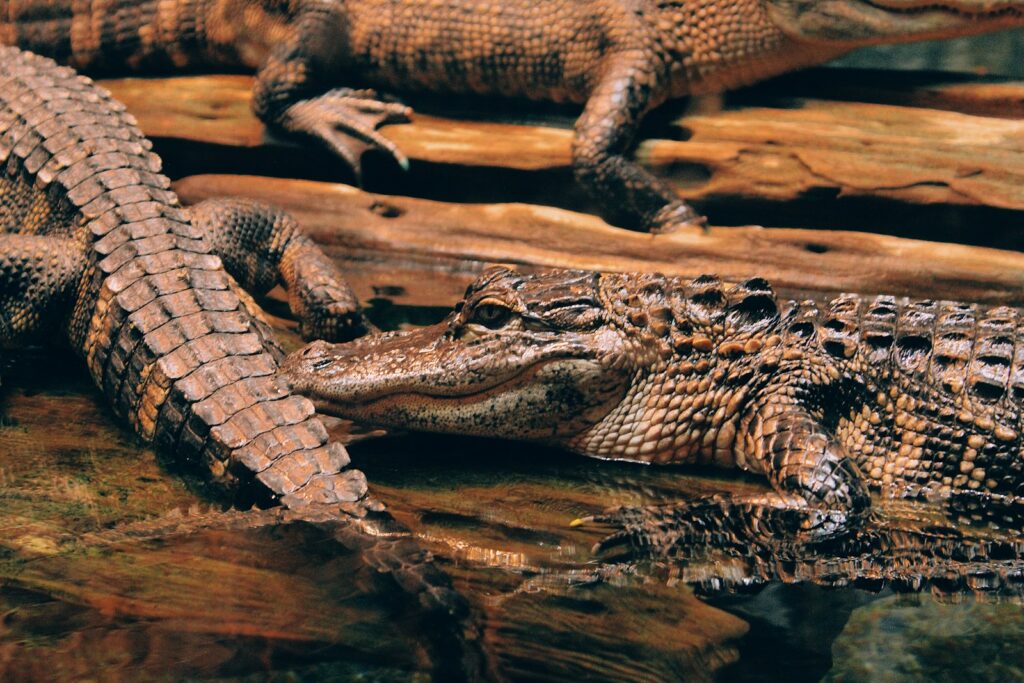
Escaped or deliberately released caimans pose serious ecological threats in non-native environments, with documented cases of established populations in Florida demonstrating their ability to survive and reproduce in suitable climates outside their natural range. As opportunistic predators, introduced caimans can devastate local wildlife populations, particularly in ecosystems that lack natural defenses against such efficient hunters. The adaptability of these reptiles makes eradication efforts extremely difficult once they establish breeding populations, requiring substantial resources from wildlife management agencies already stretched thin by multiple invasive species challenges. Climate change continues to expand the potential range for caiman establishment in previously unsuitable areas, amplifying concerns about escapees creating new invasion fronts in vulnerable ecosystems.
Documented Incidents and Attacks

The record of caiman ownership includes numerous documented attacks on keepers, family members, and even neighbors, resulting in injuries ranging from severe lacerations to amputations and, in rare cases, fatalities. Particularly dangerous situations arise when caimans escape their enclosures—an alarmingly common occurrence due to inadequate housing—leading to emergency responses from unprepared local authorities who must manage dangerous reptiles in residential settings. Children are especially vulnerable to caiman attacks due to their size and unpredictable movements, which may trigger predatory responses even from specimens that have shown tolerance toward adult handlers. Media reports consistently demonstrate that even experienced keepers are not immune to serious incidents, as these animals retain their predatory instincts regardless of captive-raising or handling frequency.
Ethical Considerations for Wildlife as Pets

Keeping caimans as pets raises profound ethical questions about whether humans should maintain predatory wildlife in domestic settings, particularly when natural behaviors cannot be adequately accommodated. Conservation biologists and animal welfare experts generally agree that the complex behavioral, social, and environmental needs of crocodilians cannot be fully satisfied in private captivity, regardless of keeper dedication or facility quality. The psychological well-being of these cognitively sophisticated reptiles remains poorly understood, though behavioral abnormalities observed in captive specimens suggest significant welfare compromises even in apparently adequate physical conditions. The commodification of wildlife for the exotic pet trade also potentially undermines broader conservation messaging about respecting animals in their natural contexts and recognizing their intrinsic value beyond human entertainment or status display.
Alternatives for Reptile Enthusiasts

For those fascinated by reptiles, numerous alternatives exist that provide rewarding keeping experiences without the extreme challenges and ethical concerns associated with caimans. Medium to large lizard species such as tegus, monitors (in appropriate species and sizes), and certain skinks offer interactive experiences with more manageable size limitations and significantly reduced danger potential. Many turtle and tortoise species present opportunities for long-term reptile keeping with specialized care requirements that challenge enthusiasts without the risks posed by predatory crocodilians. Supporting zoological institutions through memberships, donations, or volunteer work provides a connection to crocodilians in appropriate professional settings while contributing to legitimate conservation efforts. For hands-on involvement with wildlife, pursuing education in zoology, herpetology, or wildlife management offers pathways to work professionally with these animals in suitable contexts where their needs can be properly met.
Conclusion: The Responsibility of Informed Choices

The reality of caiman ownership stands in stark contrast to the fantasy that attracts many to these animals in the first place. While their prehistoric appearance and predatory nature certainly hold fascination, the combination of extensive space requirements, specialized care needs, dangerous potential, multi-decade lifespan, and profound ethical concerns makes them fundamentally unsuitable for private ownership in all but the most exceptional circumstances. Responsible engagement with wildlife requires recognizing our limitations as keepers and making choices that prioritize animal welfare over personal desires. For the vast majority of reptile enthusiasts, the most responsible choice regarding caimans is to appreciate these remarkable creatures in their natural habitats through documentaries, at accredited zoological facilities, or potentially through ecotourism that supports conservation efforts in their native ranges. The true measure of our respect for these ancient animals lies not in possessing them, but in ensuring they receive the specialized care and natural conditions they require to thrive.

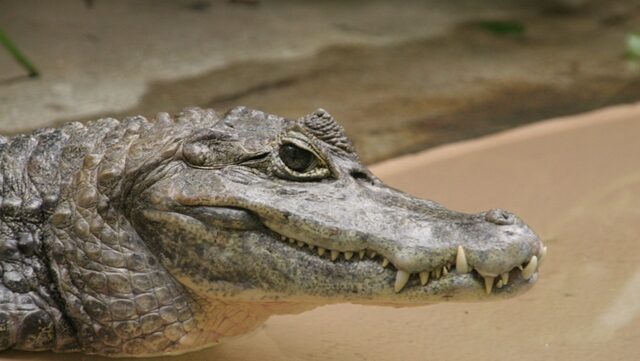

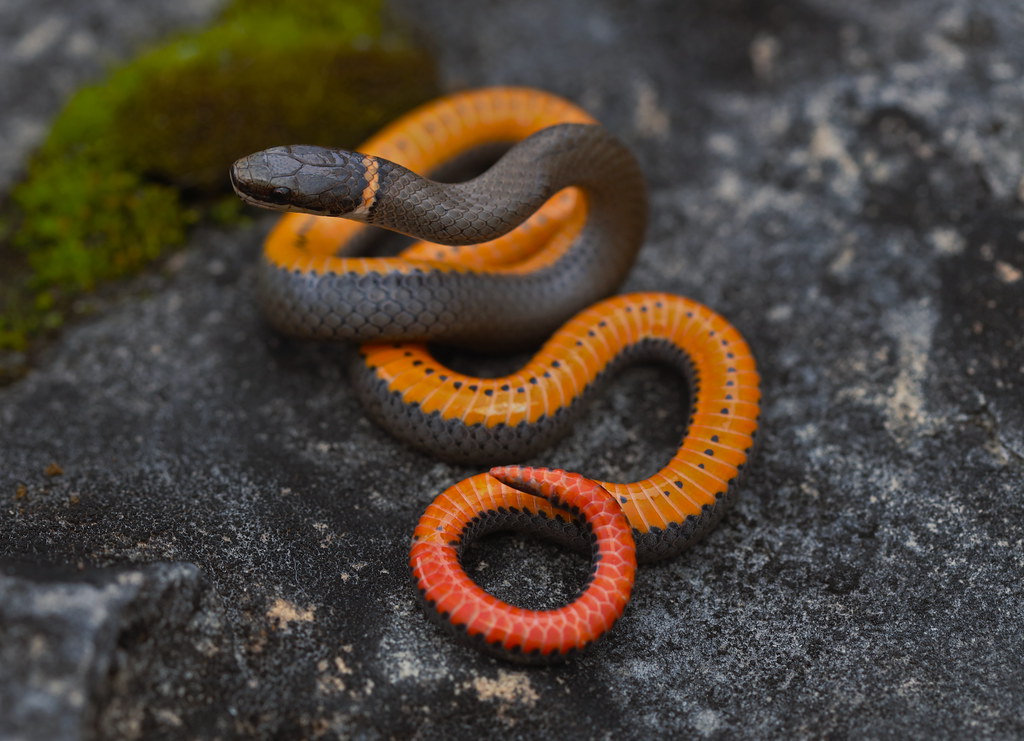
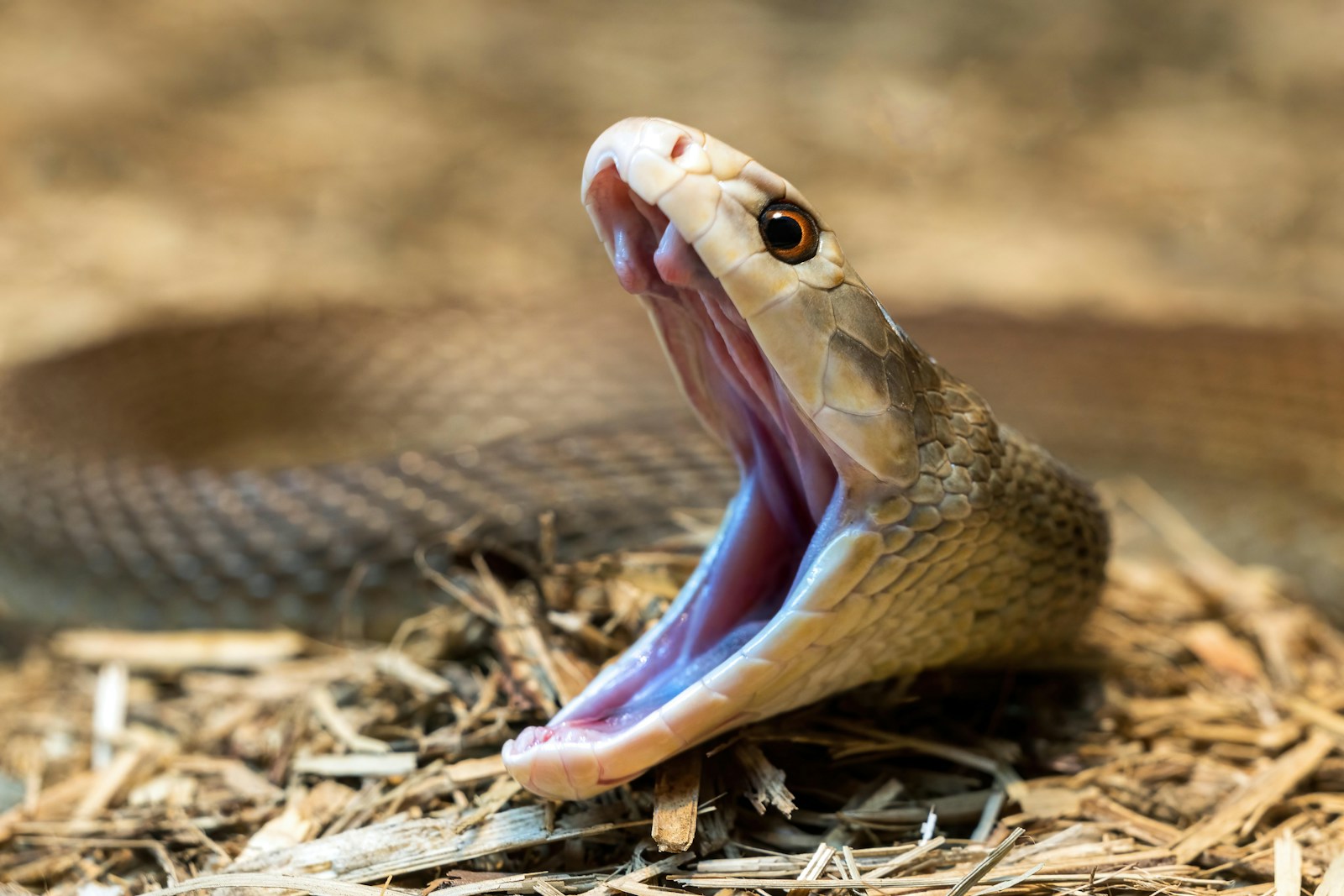
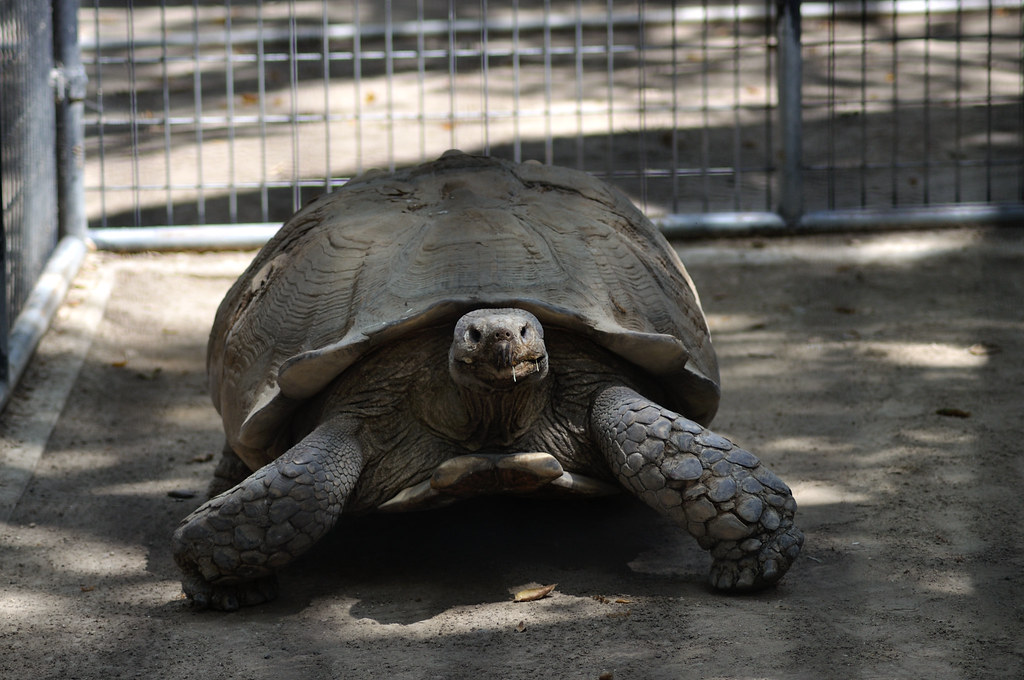
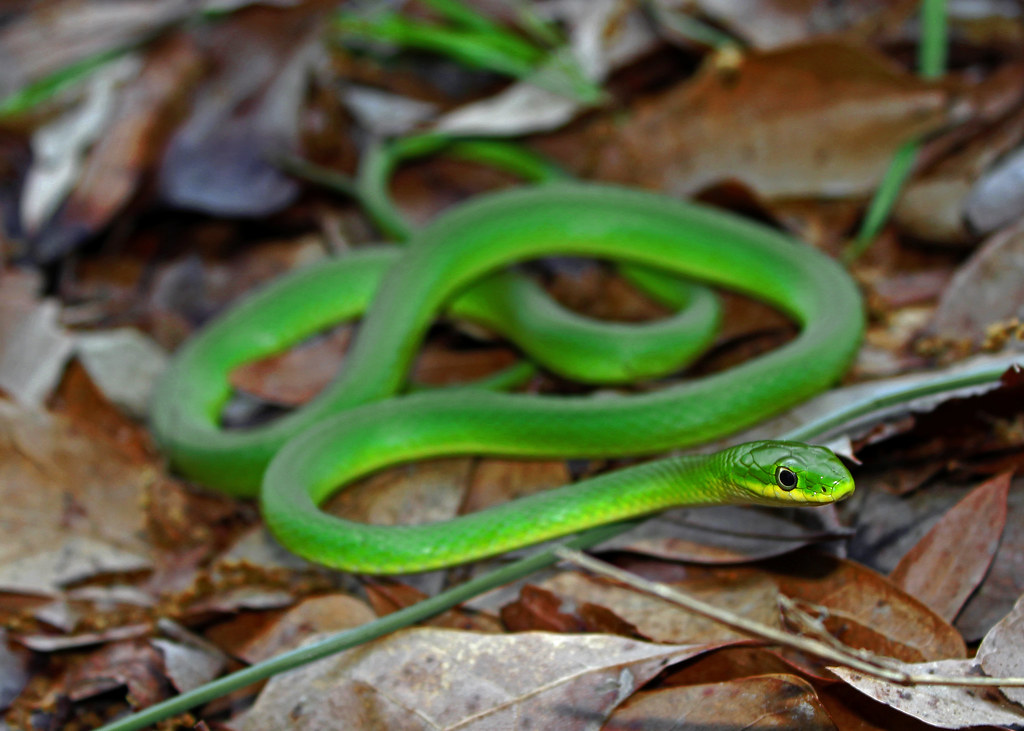
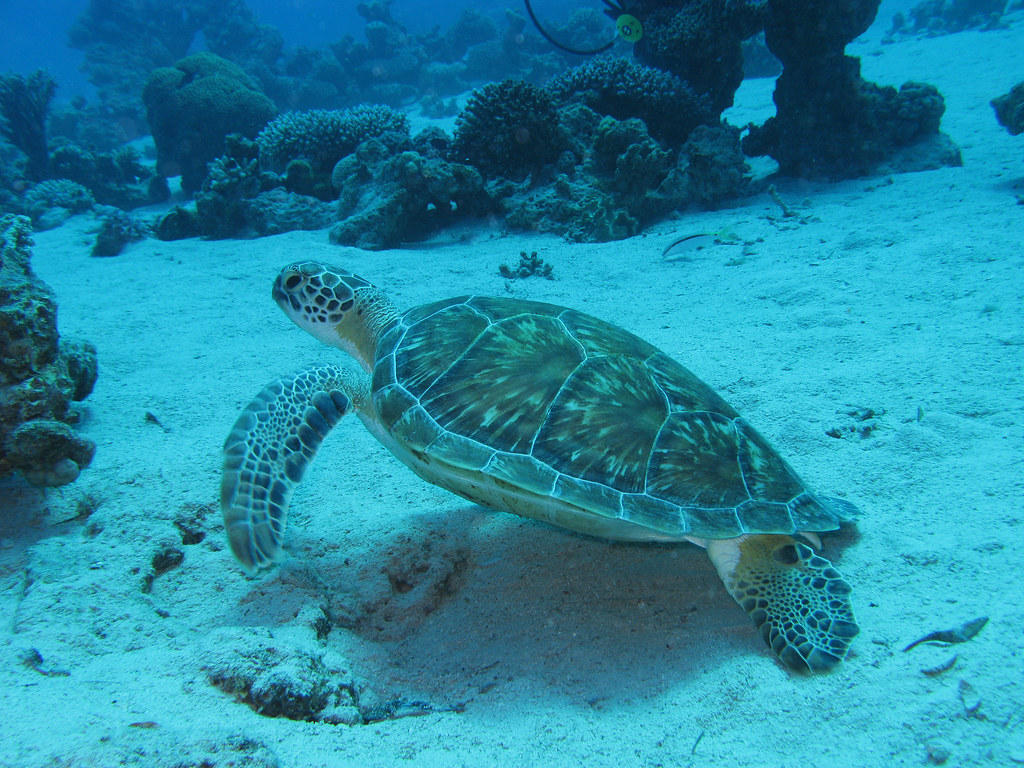
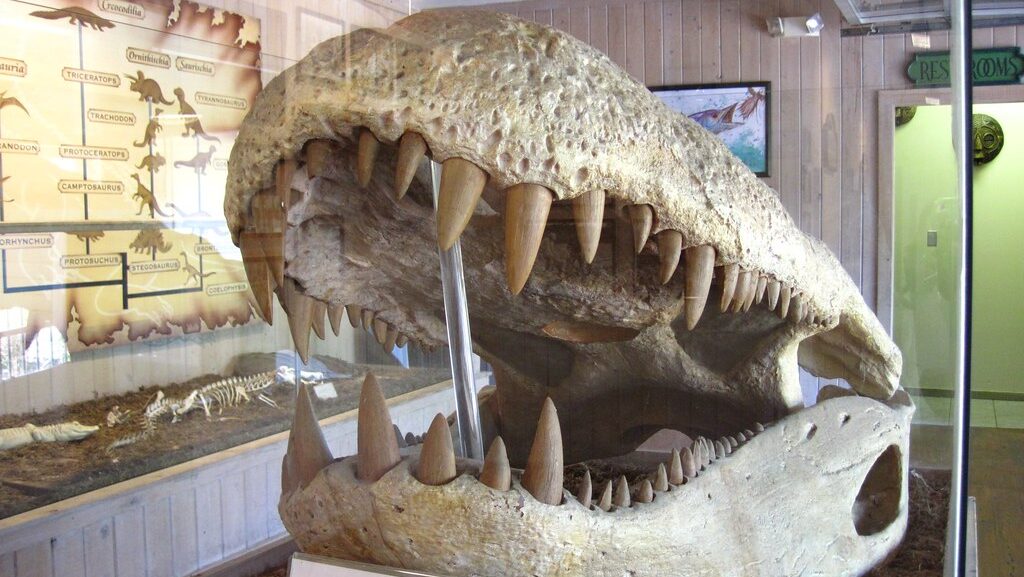
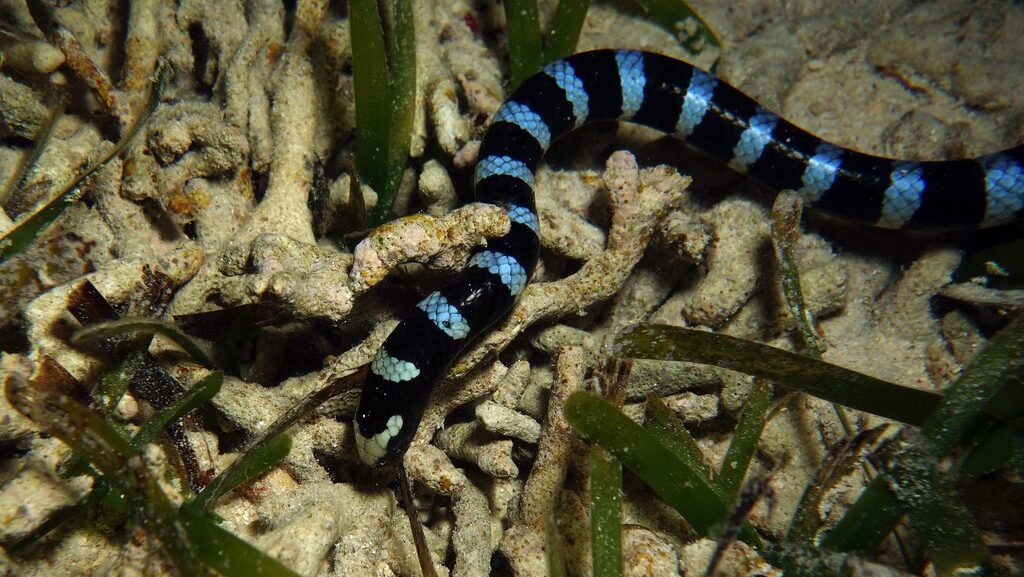
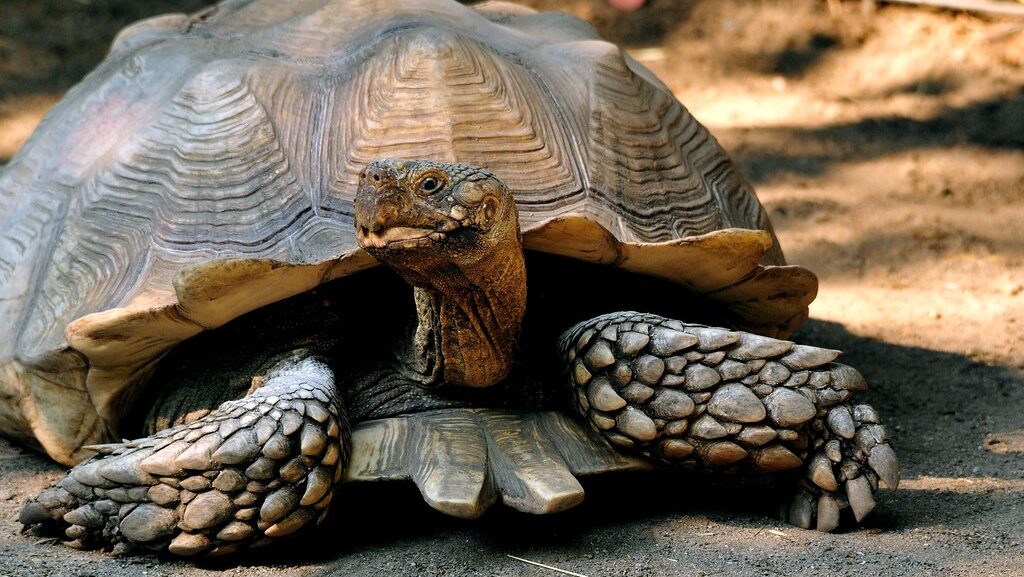
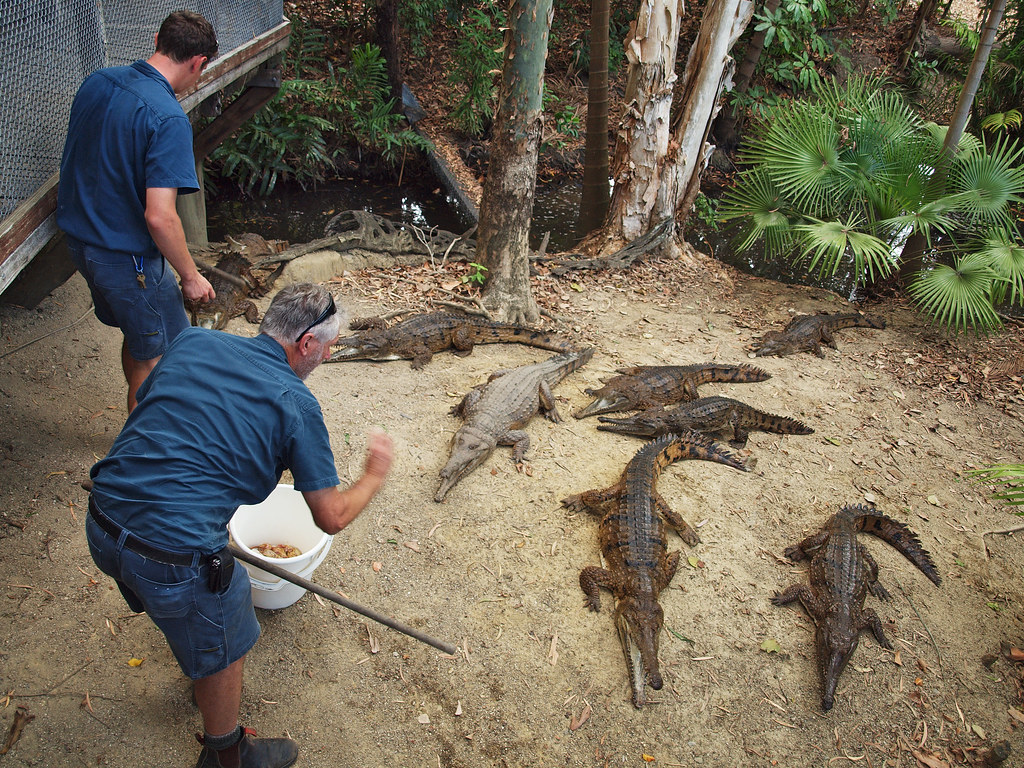



Leave a Reply